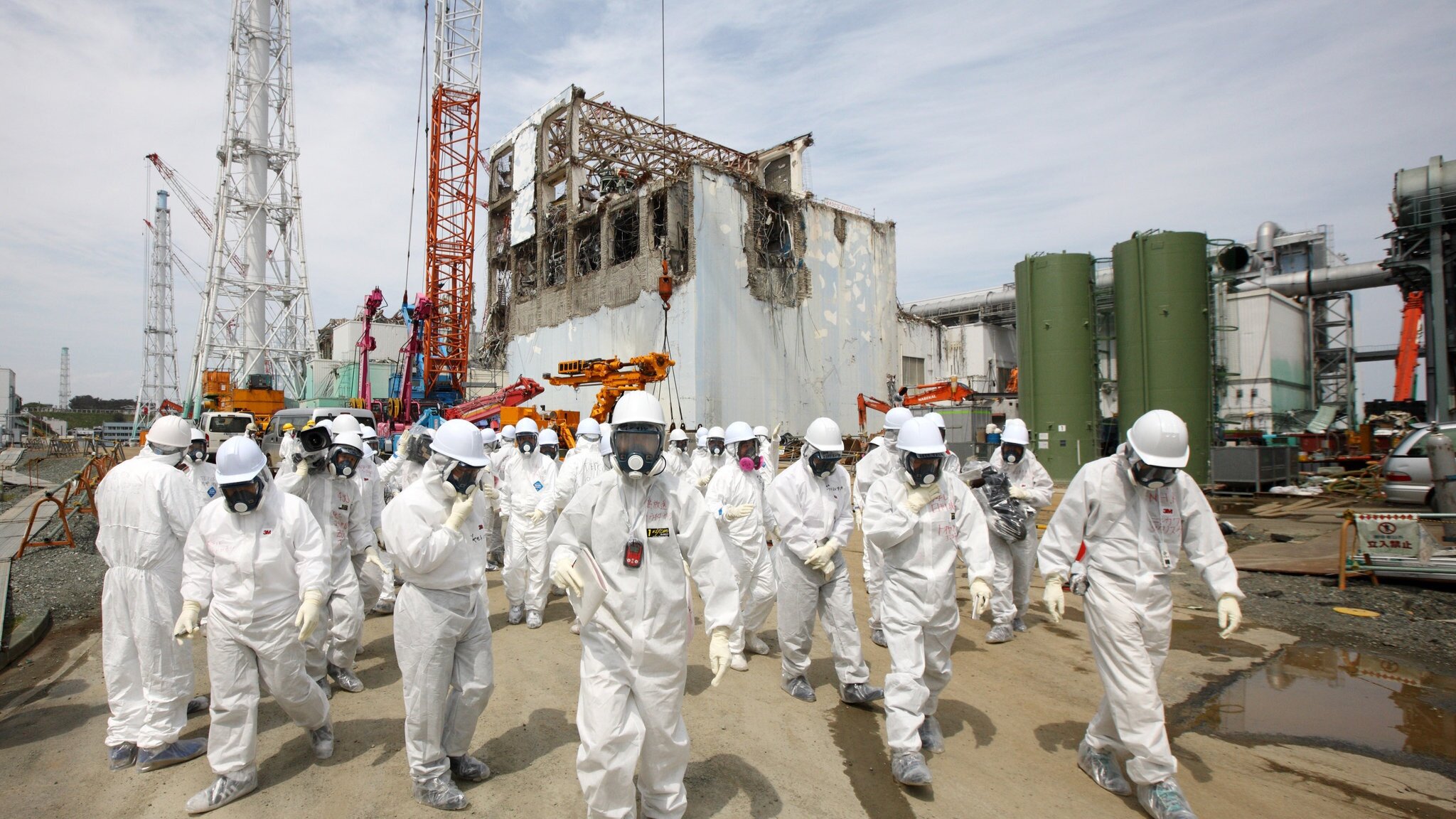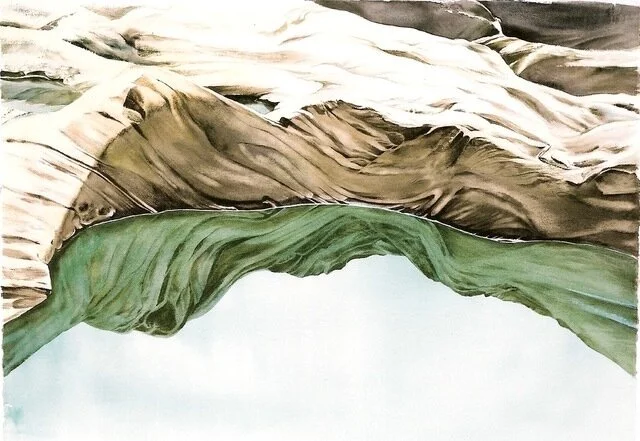Fukushima Related Content

Below, you will find a collection of Fairewinds’ self-produced content related to the Fukushima Dai-ichi nuclear disaster that occurred on March 11, 2011. We hope that you find these resources helpful and insightful!
On this 10th commemoration of the Fukushima Dai-ichi disaster in Japan, our thoughts and hearts continue to be with those impacted by both the ongoing radioactive contamination throughout Japan as well as those permanently displaced since March 11, 2011…
As we approach the 10th commemoration of Japan’s March 11, 2011, Fukushima Dai-ichi triple meltdowns, organizations around the globe, including environmental groups, nonprofits (like us), engineering and pronuclear organizations, and media organizations like Japan’s Nippon TV, will release new information.
Today, as highlighted in a quick post-two-weeks ago, Fairewinds releases the data and links to the Journal of Environmental Engineering Science peer-reviewed article…
Fairewinds ongoing scientific research with Dr. Marco Kaltofen of WPI has been peer-reviewed and accepted for publication in the Journal of Environmental Engineering Science. As soon as the Journal of Environmental Engineering Science has an online preprint link available, Fairewinds will release details and a link to the publication…
Today, Fairewinds is talking about history –– world history and herstory about the choices governments make when waging war and not planning for peace. On August 6, 1945, during World War II, the United States was the only nation in the world to unleash the horror of the Atomic Bomb on the Japanese cities of Hiroshima and then on Nagasaki just three days later…
Today, Fairewinds is sharing several very personal essays and thoughts on our Demystifying Nuclear Power Blog and via Newsletter, Twitter, and Facebook. Several weeks ago, our friend and colleague, Dr. Norma Field, professor emeritus at the University of Chicago, published one of the best overviews any of us at Fairewinds has read about the impact of the meltdowns at the Fukushima…
I have never experienced so many people wearing protective masks on the Shinkansen high-speed train, as I did at the end of January 2020, when I traveled from northern Japan to the airport in Tokyo. The news of the coronavirus outbreak was just starting to dominate the media…
The six atomic power reactors at the Fukushima Daiichi nuclear site were severely damaged 9-years ago when a Richter 9 earthquake in the Pacific Ocean occurred at 2 p.m. on March 11, 2011 ravaging the nuclear reactors, flooding safety systems, and causing three atomic power meltdowns…
At Least 14 levees broke in Fukushima Prefecture. News outlets worldwide are reporting that at least 66 residents of Japan have died as a result of Typhoon Hagibis. Our hearts reach out to the people of Japan and the families of the deceased.
Fukushima Daiichi’s radioactive waste is on the move again as Hagibis, the worst typhoon to hit Japan since 1958, dropped 30” of rain in 24 hours and millions of people were forced to evacuate from the flooding.
Recently, after Forbes Magazine published an opinion piece entitled, It Sounds Crazy, But Fukushima, Chernobyl, And Three Mile Island Show Why Nuclear Is Inherently Safe, a number of Forbes’ readers called and continue to write Fairewinds Energy Education to ask us if this opinion piece is true. Quite frankly, the article is an infomercial for the nuclear industry: it twists data in order to paint a rosy picture of nuclear energy.
To begin Part 2, let’s talk about the scientific studies that Dr. Marco Kaltofen and I began together back in 2012. Before the ongoing catastrophe created by the Fukushima meltdowns, the maximum allowable radiation exposure to civilians worldwide emanating from commercial atomic power reactors was 100 millirem per year (1 milli Sievert per year).
As we prepare for the eighth remembrance of the March 11, 2011 earthquake, tsunami and triple meltdowns at Fukushima Daiichi, Fairewinds is ever mindful of what is currently happening in Japan.
March 11, 2017 marks 6 years since triple meltdowns at the Fukushima Daiichi nuclear power plants and near meltdown at numerous atomic power reactors across Japan. Even today we are still realizing the widespread impacts these meltdowns have caused for the citizens of Japan and their ongoing impact around the earth.
Even as I write this, there is an effort underway in the nuclear power industry to revise the radiation story in order to allow for greater public exposure.
With a giant blot still spreading over the page of its public safety record, the multi-national, multi-billion dollar atomic power industry faces the stark economic reality that it can’t successfully compete financially with sustainable methods of generating electricity...
Fairewinds Energy Education Board Member Chiho Kaneko is this week’s special guest blogger. Chiho worked as a volunteer interpreter at the United Nations in April 2015 on behalf of the Nihon Hidankyo (The Japan Confederation of A- and H-Bomb Sufferers Organizations). Stunned by the personal stories of A-bomb survivors' acting as delegates to the Non-Proliferation Treaty Conference, Chiho shares their accounts of "The Day" and what followed during the ensuing days, weeks, months, and years.
Japan just can’t seem to catch a break as extreme forces in nature repeatedly buffet the island.

It is worth noting that this list is not exhaustive by any means but only a small collection of relevant information available here on the Fairewinds website.
We encourage you to explore and even utilize the search options available.
Fairewinds Will Keep You Informed!




















